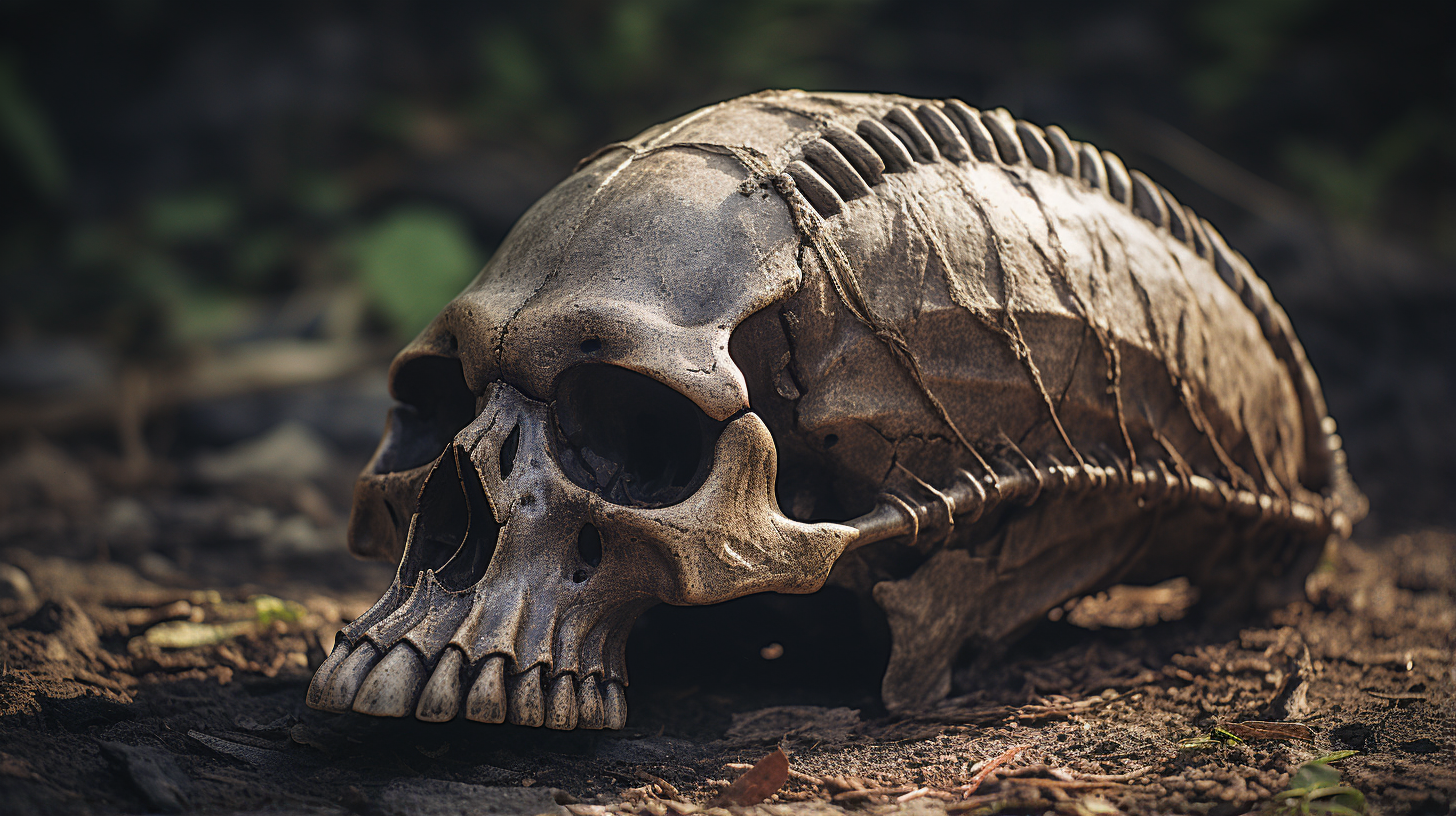Delving into the depths of archaeological records unveils intriguing discoveries that have captivated and perplexed experts. One such enigma emerged from the unearthing of peculiar skulls concealed in the subterranean chambers of Paola, Malta, more than a century ago in 1907.
The enigmatic skulls unearthed at this site have confounded scientists for generations, sparking a plethora of theories ranging from traditional cranial shaping rituals to speculations about extraterrestrial influence.
This extraordinary find consists of approximately 7,000 skeletons, with a significant number displaying elongated skulls that defy conventional norms. The unique rearward elongation of these skulls has sparked heated debates within the academic circles of archaeology and anthropology.
Historically, intentional cranial deformation, a practice like head shaping, has been proposed as a plausible reason for such cranial modifications, a custom observed in various ancient societies worldwide.
The process of head shaping involves binding infants’ skulls tightly before their bones ossify completely, resulting in a distinct elongated form. Despite historical accounts linking this practice to the veneration of deities portrayed with elongated skulls, the fundamental question revolves around the inspiration behind these deities.

Proposing an unconventional notion, some daring theorists suggest that ancient civilizations might have encountered beings with inherently elongated skulls, positing a potential extraterrestrial lineage.
In this unorthodox hypothesis, it is conjectured that our ancestors might have endeavored to imitate these otherworldly visitors, leading to the widespread adoption of artificial cranial modification practices.
This compelling narrative intimates that ancient cultures worldwide, including those inhabiting the Mediterranean isle of Malta, endeavored to emulate beings distinguished by elongated skulls, possibly considering them divine or worthy of adulation as gods.
Presently, a selection of these elongated skulls from the hypogeum of Malta resides in the secure confines of the National Museum of Archaeology, captivating the curiosity of researchers Giorgio and Erich, who have been privileged with rare access to the museum’s collections.
Although the original skulls elude examination at present, the duo is engaged in a meticulous study of an exact replica.
In their inquiry, a significant revelation unfolds as they scrutinize one of the replicas devoid of the sagittal suture, a pivotal feature connecting the sides and roof of the cranium that typically fuses by the age of 35.
Contrary to conventional beliefs of intentional head shaping, Giorgio and Erich confidently reject such notions, advocating a more radical proposal – their assertion that these skulls may belong to extraterrestrial beings, citing the absence of the sagittal suture as a telltale sign of non-human origins.
While bold in their proclamation, the implications of their hypothesis raise numerous thought-provoking questions. Could these elongated skulls signify a genetic trait resulting from interactions between giants and indigenous human populations? And if so, could this genetic anomaly have spawned a distinct human lineage in ancient Malta?
Witness the Video:
The mysteries enveloping these ancient skulls continue to intrigue and challenge conventional perspectives. While mainstream archaeology may scrutinize unconventional postulations, they serve as a reminder that history often conceals unforeseen truths. As we plumb the depths of our past, the revelations that surface may surpass even our most imaginative conjectures.
